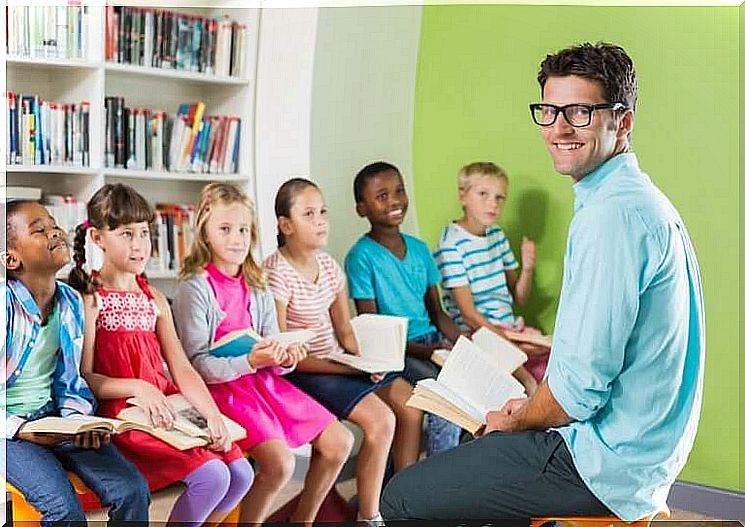The Importance Of Giving Students A Voice

The educational system has the opportunity to be able to train people, not only academically, but also in relation to values. Therefore, school is an ideal place to create a better society in the future. But to achieve this goal, it is necessary to listen to children and know their opinions. For that reason, in this article, we’re going to talk about the importance of giving students a voice.
We have a duty to teach children, but we also need to learn from them. Therefore, we must actively listen to our little ones. That way, we can discover how they see the world, what their views are and what concerns they have.
What does it mean to give students a voice?
The expression “give a voice to students” is perhaps a little unknown in our country, but it is often used in other parts of the world, especially in countries of Anglo-Saxon origin. This concept refers to all initiatives that aim to increase the role and participation of students in certain aspects of the school environment.

For this, it is necessary to provide children with the means and ends that allow them to choose more and prevent them from playing a passive role in their own education and learning. At the same time, it is worth noting that all students must be given a voice , without discriminating on the basis of:
- Disabilities.
- Age.
Since all students, regardless of their characteristics or abilities, have opinions, they must be given opportunities to be heard.
Activities to give voice to students
Giving a voice to students is a practice that allows children’s participation in school improvements and serves as a tool to mobilize the changes that educational centers carry out in order to be able to provide an inclusive and democratic education.
Some activities that teachers can put into practice to give students a voice are:
- Advisory actions: suggestion box, votes, claims panels, etc.
- Role-playing: performing group dynamics based on role-plays.
- Lego Serious Play: with building pieces, solutions to a given problem are represented.
- Social mapping or participatory cartography: representing, through a map, with various graphic elements, the problems and solutions.
New faculty mindset
Giving students a voice in schools requires a change in the mindset of the faculty when it comes to assuming their role as mediator of education. Therefore, it is necessary to leave behind the traditional teaching methodology, in which the teacher is the center of attention and the student a mere receiver of information.
At the same time, teachers must put aside the usual authoritarian posture and allow students to participate in school life so that they develop their personal autonomy, assume responsibilities and become self-assured people.

In conclusion…
It is necessary to implement in schools an inclusive education that promotes the voice of students, positive coexistence and adequate educational support to make changes and improvements in the school environment. Therefore, it is necessary to motivate children to participate. In this sense, it is worth highlighting the following sentence:
But children’s participation must not be reduced to the educational context. They should be heard within the community to which they belong.
Finally, it can be said that the act of promoting participation and giving voice to students is beneficial to achieve their subsequent active participation in society.








